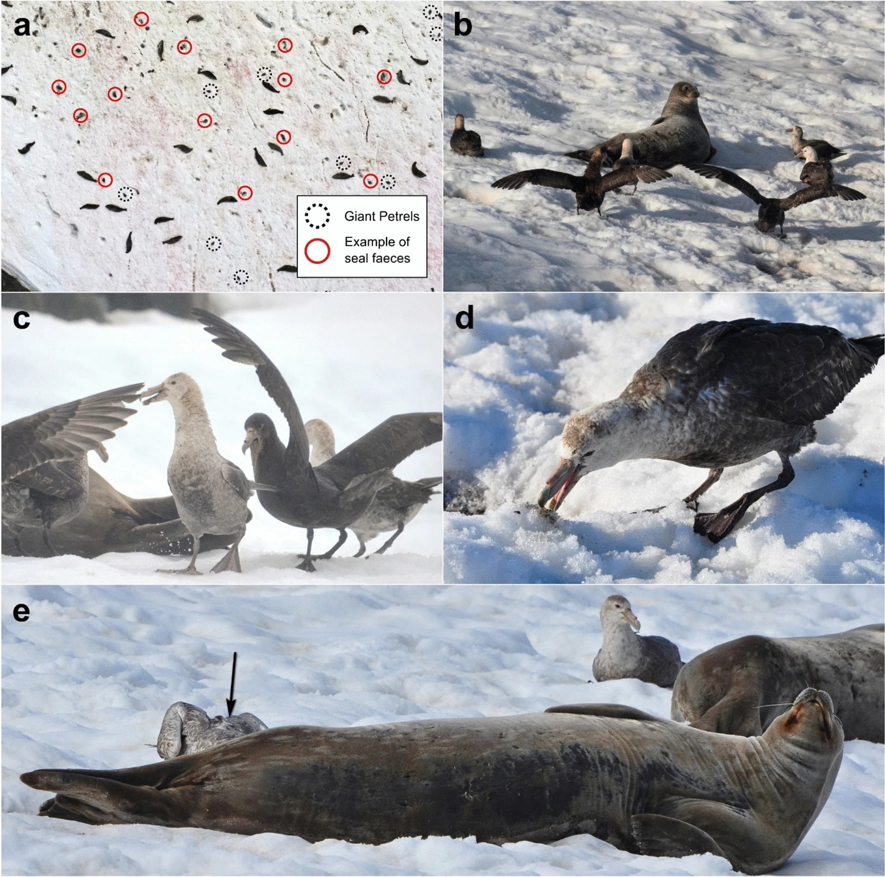Biologists discovered why animals consume feces.
One of the most crucial aspects of any animal's life is nutrition. Studying their diet is a key method for understanding the ecology of various species. Dietary habits can be influenced by the region of residence, season, needs, and availability of food: for instance, after deforestation, herbivores can find it difficult to locate food, while forest fires can alter their feeding strategies.
A lesser-known yet significant feature of the diet in some animals is coprophagy, which refers to the consumption of feces. Rabbits, for example, consume their own droppings to obtain additional nutrients. Some forest animals are sometimes forced to eat bat guano when other sources of minerals are unavailable. Naked Science has previously reported how biologists caught monkeys and duikers (small ungulates) eating the feces of bats.
Three biologists from the Smithsonian National Zoological Park in Washington, D.C. (USA) decided to analyze and summarize published evidence of coprophagy across all animal groups. They also searched for patterns in these behaviors, such as forced adaptations or actual benefits from feces as a food source. The results of their study were published in the journal Animal Behaviour.
The specialists examined data on coprophagy in various animal species—both wild and captive. They then classified all recorded instances based on the source of the feces (own, from conspecifics, or from other species), type of droppings, age of the consumer, and subsequently analyzed the context of such behavior.

Coprophagy was documented in more than 150 species across five groups of vertebrates, and it was more commonly observed in herbivores. This was noted in ray-finned fish inhabiting coral reefs, amphibians (cave salamanders, toads, and frog tadpoles), reptiles (tortoises, lizards, and even caimans), birds, and mammals (many rodents, cats, and dogs, along with some marsupials, primates, ungulates, and others).
The reasons animals consume feces vary. Researchers identified seven distinct groups. The first group consumed droppings to regulate digestion, while the second fed on them at a young age to colonize their intestines with necessary bacteria. In such cases, the source was typically the mother or other conspecifics.

Other groups were not naturally inclined towards coprophagy but resorted to it to replenish food supplies while caring for their young (for example, this behavior was observed in American crows and black bears), in environments where nutrients were scarce, or conversely, when the biodiversity of the ecosystem was high. In these cases, a whole chain formed: predators' feces were consumed by herbivores, and their waste ended up on the menu, for instance, for fish.
Additionally, animals that dispersed seeds and fruits consumed feces: some birds, rodents, deer, great apes, and tortoises. However, as the authors of the article emphasized, there is limited evidence of such behavior.
The final group resorted to coprophagy as a rare dietary supplement (fewer than three instances). This could be due to the fact that certain animals rarely exhibited such behavior: there was only one recorded instance each for moose, water lizards, and others. Alternatively, they may have been severely deprived of food—this was the case for domestic horses consuming feces.
The overall conclusion reached by the researchers is that feces can be a beneficial component of the diet for animals that tolerate them, despite the risks of disease. Nonetheless, they cannot be classified as a complete food source. Furthermore, as noted by the specialists, the number of coprophagous species may be much higher, as there is limited documentary evidence of such behavior.